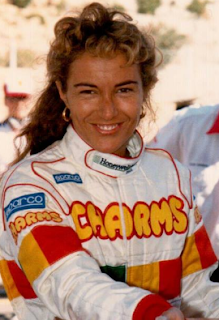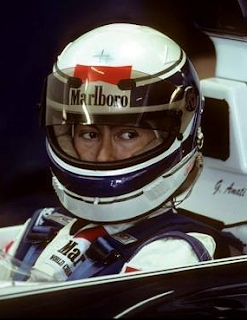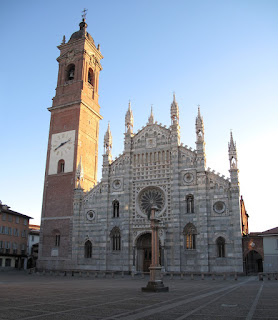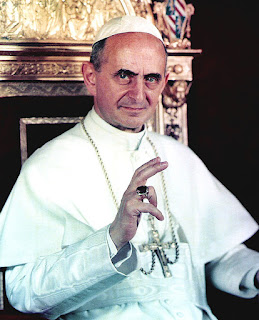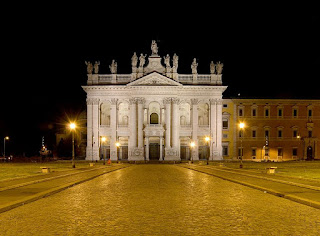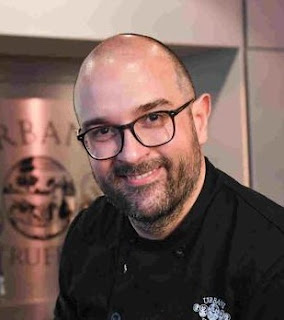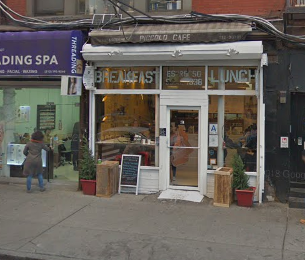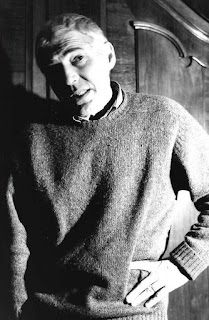Nobel prize nominee who opposed Fascism
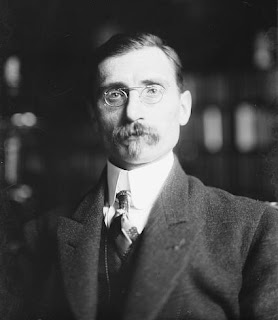 |
| Guglielmo Ferrero is best known for his five-volume history of power and collapse of the Roman Empire |
The son of a railway engineer, he was born just outside Naples at Portici but his family were from Piedmont and while not travelling he lived much of his adult life in Turin and Florence.
A liberal politically, he was vehemently opposed to any form of dictatorship and his opposition to Mussolini’s Fascists naturally landed him in trouble. He was a signatory to the writer Benedetto Croce's Anti-Fascist Manifesto and when all liberal intellectuals were told to leave Italy in 1925, he refused. Consequently he was placed under house arrest.
It was only after four years, following appeals by officials from the League of Nations and the personal intervention of the King of Belgium, that he was allowed to leave Italy to take up a professorship at the Graduate Institute of International Studies in Geneva.
Ferrero’s earliest works were in the field of sociology and criminology, inspired by his friendship with Cesare Lombroso, sometimes called the ‘father of modern criminology’, who he met during his studies. Ferrero attended the universities of Pisa, Bologna and Turin. They collaborated on a book called The Female Offender about crime among women.
| Cesare Lombroso, the criminologist who inspired Ferrero's early work |
From 1891 to 1894 Ferrero traveled extensively in Europe, working in the libraries of London, Berlin, and Paris on a planned history of justice. As a result of his travels he produced a sociological study entitled Young Europe, in which he noted the differences in societal structure developing in the industrial north compared with the agricultural south of the continent.
It was after musing on how ascendant civilisations could become decadent that he turned his attention to Rome.
His defining work, The Greatness and Decline of Rome was translated into all the major European languages and was a popular success, even though it was scorned by classicists, who took exception to his use of contemporary comparisons and on his attempts at sociological analysis of Roman politics. They did not care either for his assessment of Julius Caesar, usually portrayed as a leader who brought order from chaos, as a major catalyst in the collapse of the Roman Republic.
For the next few years, Ferrero wrote political essays and a number of novels, before turning his attention to the French Revolution, which he analysed as an attempt to establish a new liberal order that unintentionally led to the first modern dictatorship.
Once invited by Theodore Roosevelt, the United States president, to visit him at the White House and to give a number of lectures, Ferraro was nominated for the Nobel Prize in Literature no fewer than 20 times in six years.
He spent a good deal of his time in his declining years at his villa in Strada in Chianti, in the Tuscan countryside, but was in Mont Pèlerin-sur-Vevey in Switzerland when he died in 1942.
 |
| The Royal Palace at Portici, near Naples |
Portici, which lies at the foot of Mount Vesuvius on the Bay of Naples, about 8 km (5 miles) southeast of Naples, is a metropolitan suburb these days but essentially evolved as a port, rebuilt after it was destroyed in the eruption of Vesuvius in 1631. Its neighbour is Ercolano, where excavations revealed the city of Herculaneum, which had disappeared at the same time as Pompeii, following the eruption of 79AD. Portici is famous for its Baroque royal palace, built as a grand residence by Charles III of Spain, King of Naples, between 1738 and 1742.
 |
| The church of San Cristoforo in Strada in Chianti |
Situated almost 300m (984ft) above sea level, Strada in Chianti is a small town that is increasingly favoured as a place to stay when visiting Florence, which is only 20km (12 miles) away to the north, barely half an hour by car and bus. Many Florentines escape to such places in the countryside during the summer, because the heat there is a little less oppressive. The town stages its annual fair in late September. The five parishes once competed in a horse race similar to the Palio di Siena, but they now vie for superiority in a series of games, including football and volleyball, over the course of a week.
More reading:
How Edward Gibbon's Decline and Fall became the world's most famous history book
Cesare Lombroso, the first to encourage study of the criminal mind
Ernesto Teodoro Moneta, the historian who was both a soldier and a pacifist
Also on this day:
1914: The birth of Suso Cecchi D'Amico, the scriptwriter behind some of Italy's greatest movies
1948: The birth of Beppe Grillo, the comedian and founder of Italy's new political force, the Five Star Movement
Home

